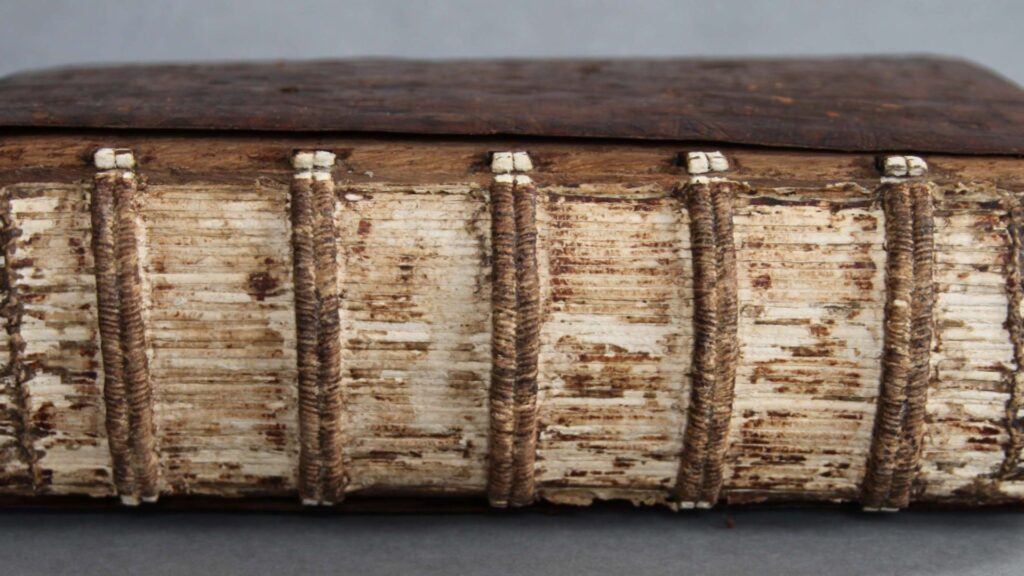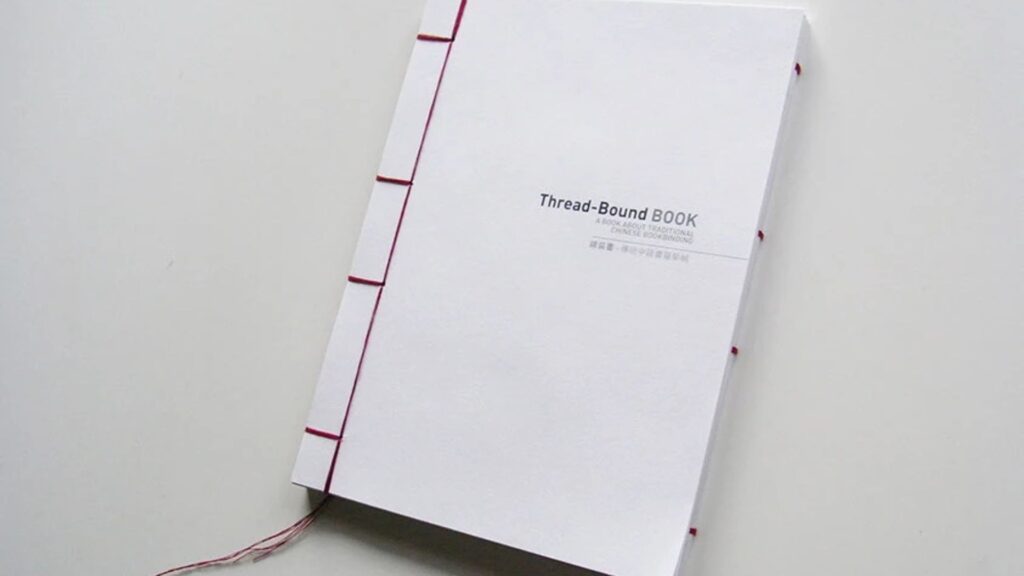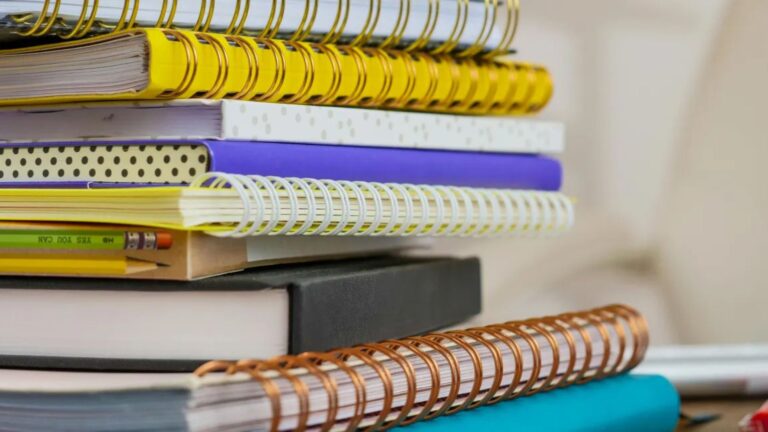
Thread plays a foundational role in traditional bookbinding, serving as the primary element that holds a book’s pages together. Long before modern adhesives and mechanical fasteners dominated the industry, artisans relied on skilled hand-sewing with thread to create durable, functional, and beautiful books. Even today, thread remains vital in many high-quality, artisanal, and archival bindings. This article explores the importance of thread in traditional bookbinding, its techniques, materials, and enduring value.

Why Thread Matters in Bookbinding
Thread offers several essential advantages:
-
Durability: Sewn bindings with thread last longer than glued bindings because the stitching physically secures the pages.
-
Flexibility: Thread allows the book to open fully without cracking or damaging the spine.
-
Repairability: Books sewn with thread can often be repaired more easily than those glued.
-
Aesthetic Appeal: Visible stitching can add a handcrafted, artistic touch to a book’s design.
Thread-based sewing techniques form the backbone of many historical and premium bindings.
Common Threading Techniques in Bookbinding
Coptic Stitch
Originating in Egypt, the Coptic stitch binds signatures (groups of folded pages) together using a chain-like stitch along the spine. This method allows the book to open completely flat.
-
Often done with linen thread
-
Exposed stitching is part of the aesthetic
-
Popular in artist books and journals
Smyth Sewing
Smyth sewing is a traditional method where signatures are sewn onto raised cords or tapes, which later form the book’s spine.
-
Provides superior strength
-
Allows for book spine rounding and backing
-
Common in hardcover and fine press books
French Link Stitch
This decorative stitch links the signatures with an interlacing pattern, often used for exposed spines.
-
Combines functionality with ornamental design
-
Frequently used in bespoke or limited edition books
Types of Thread Used in Bookbinding
Linen Thread
Linen is the preferred thread for traditional bookbinding due to its strength and durability. It resists stretching and rotting, ensuring the longevity of the book.
Cotton Thread
Cotton is softer and more flexible but less strong than linen. It’s sometimes used for lighter or decorative bindings.
Synthetic Threads
Modern synthetic threads like nylon or polyester offer excellent strength and resistance to moisture but are less traditional and sometimes less preferred by conservators.
The Sewing Process in Traditional Binding
Sewing begins after the pages are folded into signatures. The binder uses a needle and thread to sew through the fold of each signature, linking them together sequentially. Depending on the method, the thread may wrap around cords or tapes that reinforce the spine.
After sewing, the spine is often glued for added strength and covered with materials like leather or cloth. The sewing threads provide the core support underneath.
Benefits of Thread Binding Over Adhesives
While adhesive binding methods such as perfect binding are faster and cheaper, thread binding provides:
-
Longevity: Sewn books can last for centuries when properly cared for.
-
Resilience: Thread bindings withstand frequent opening and closing better than glued spines.
-
Conservation: Archival books, manuscripts, and rare editions typically use thread sewing to maintain historical integrity.
-
Customization: Hand-sewn bindings can incorporate colored threads and decorative stitching, enhancing the book’s artistic value.
Conclusion
Thread remains a cornerstone of traditional bookbinding, embodying both functional and artistic qualities. It ensures the durability, flexibility, and repairability that modern adhesives often cannot match. Whether in historical restorations, handmade journals, or fine press editions, the role of thread continues to celebrate the craftsmanship at the heart of bookbinding. Understanding these techniques helps appreciate the lasting value and beauty that thread brings to every sewn book.







